Feuilles : un peu épaisses, à pétiole assez long et nu, oblongues-lancéolées, profondément pennatipartites, à 10-25 paires de segments lancéolés, entiers ou un peu dentés, alternes et confluents à la base ; [normalement 2 - 4 fois plus longues que larges]
Leaves: Fronds rather thick, green, 15-30 cm long, growing singly, but rather close together, linear-lanceolate in outline, pinnatisect; lobes oblong, entire, wavy; rachis naked, jointed to rhizome, leafy part as long as or much longer than the bare portion.
Spores : sores gros (2 mm), sur deux lignes parallèles à la nervure médiane du segment. [anneau méchanique sans poils ramifiés, 11+ cellules rectangulaires, parois nettement plus sombres que le reste du sporange]
Spores: Sori 2 mm diam., numerous, subtended by the upper branch of the secondary vein, equidistant from margin and midrib.

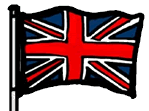 Polypody, Common
Polypody, Common
 Polypode commun
Polypode commun
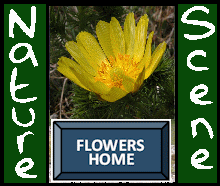


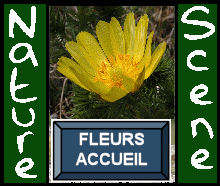
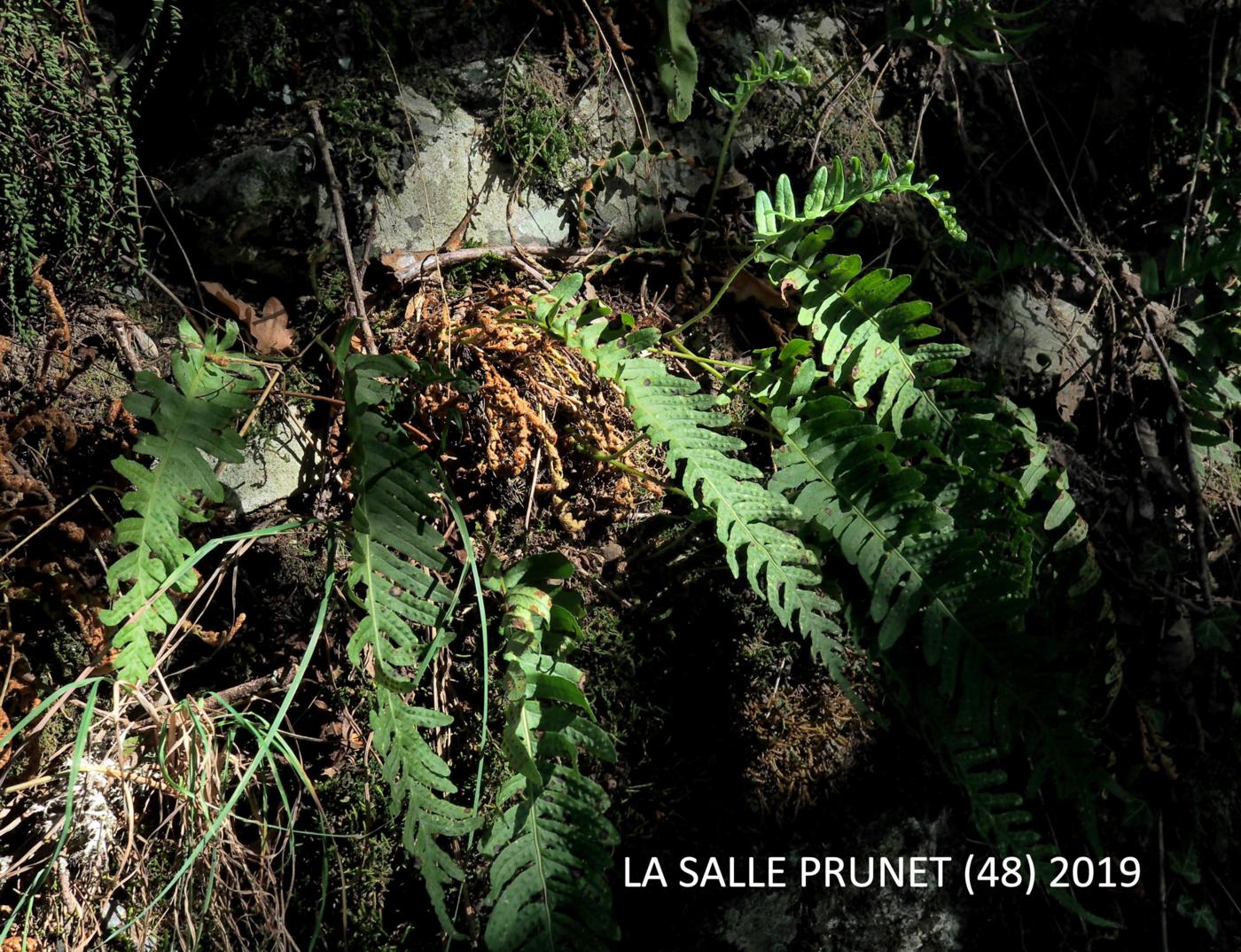
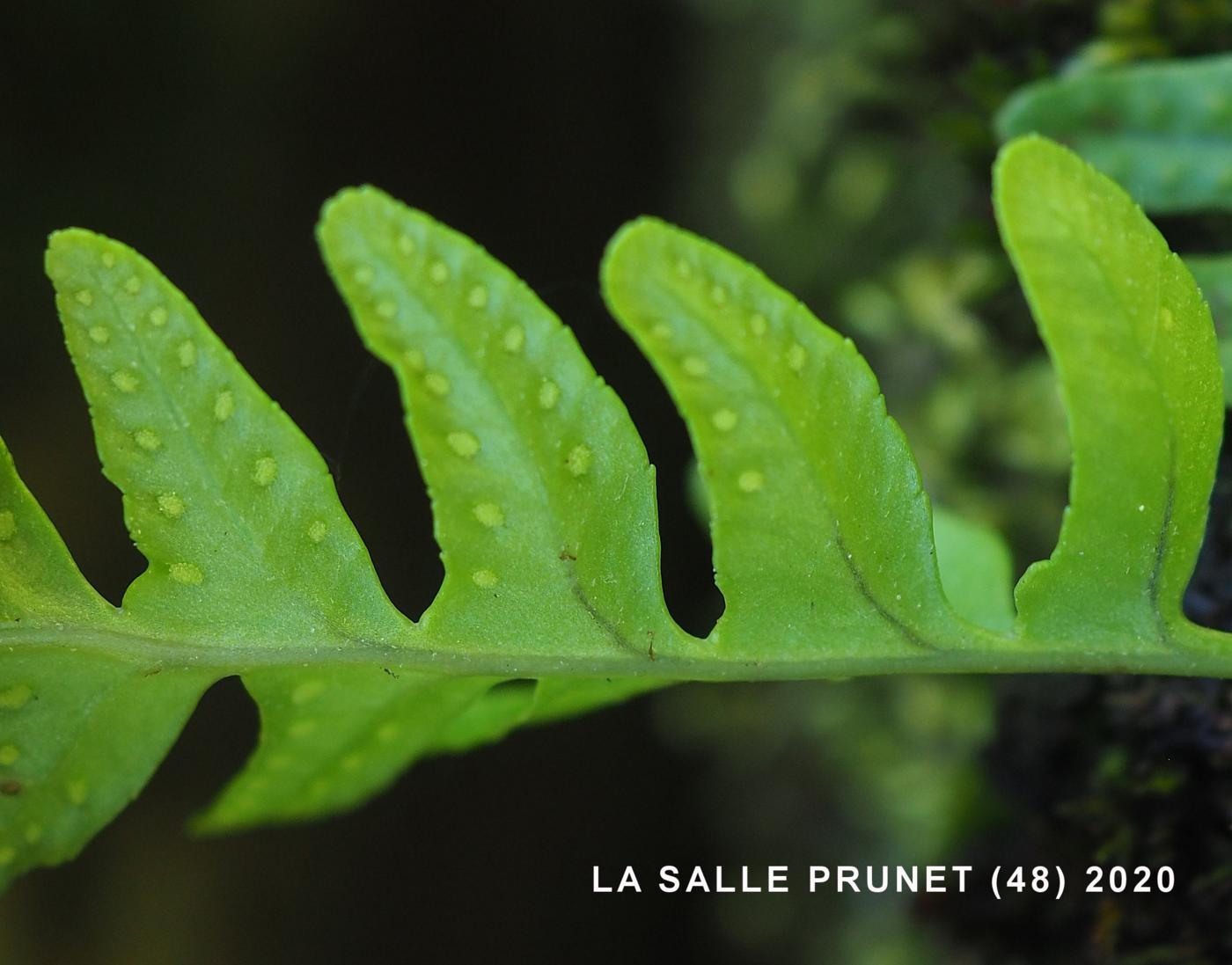
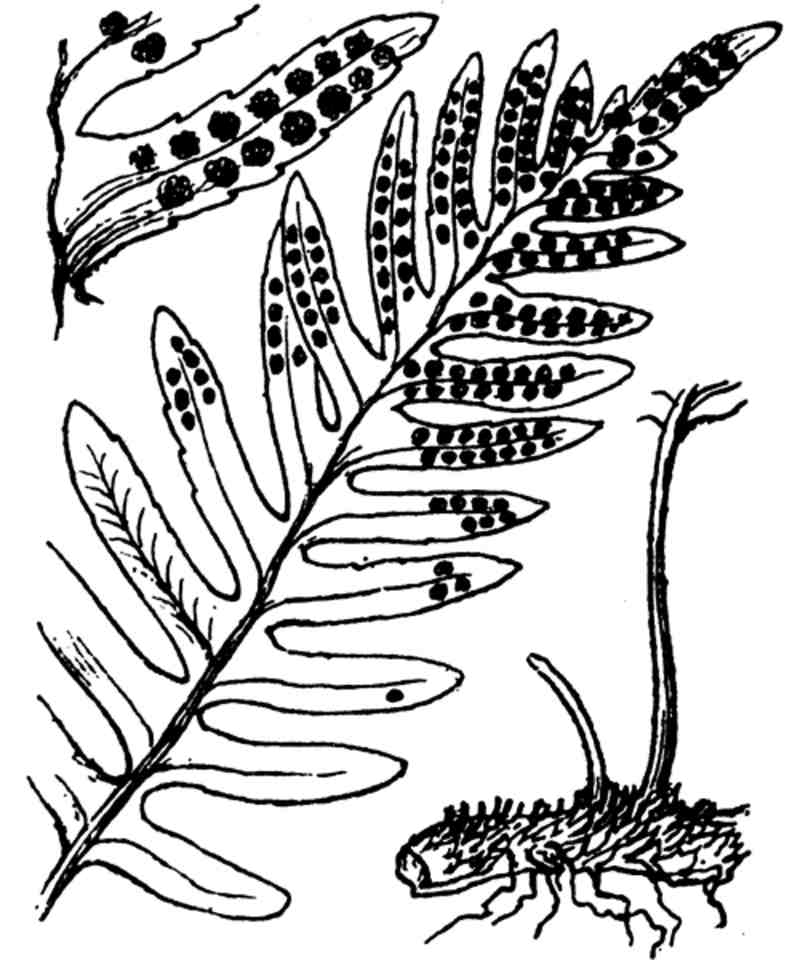
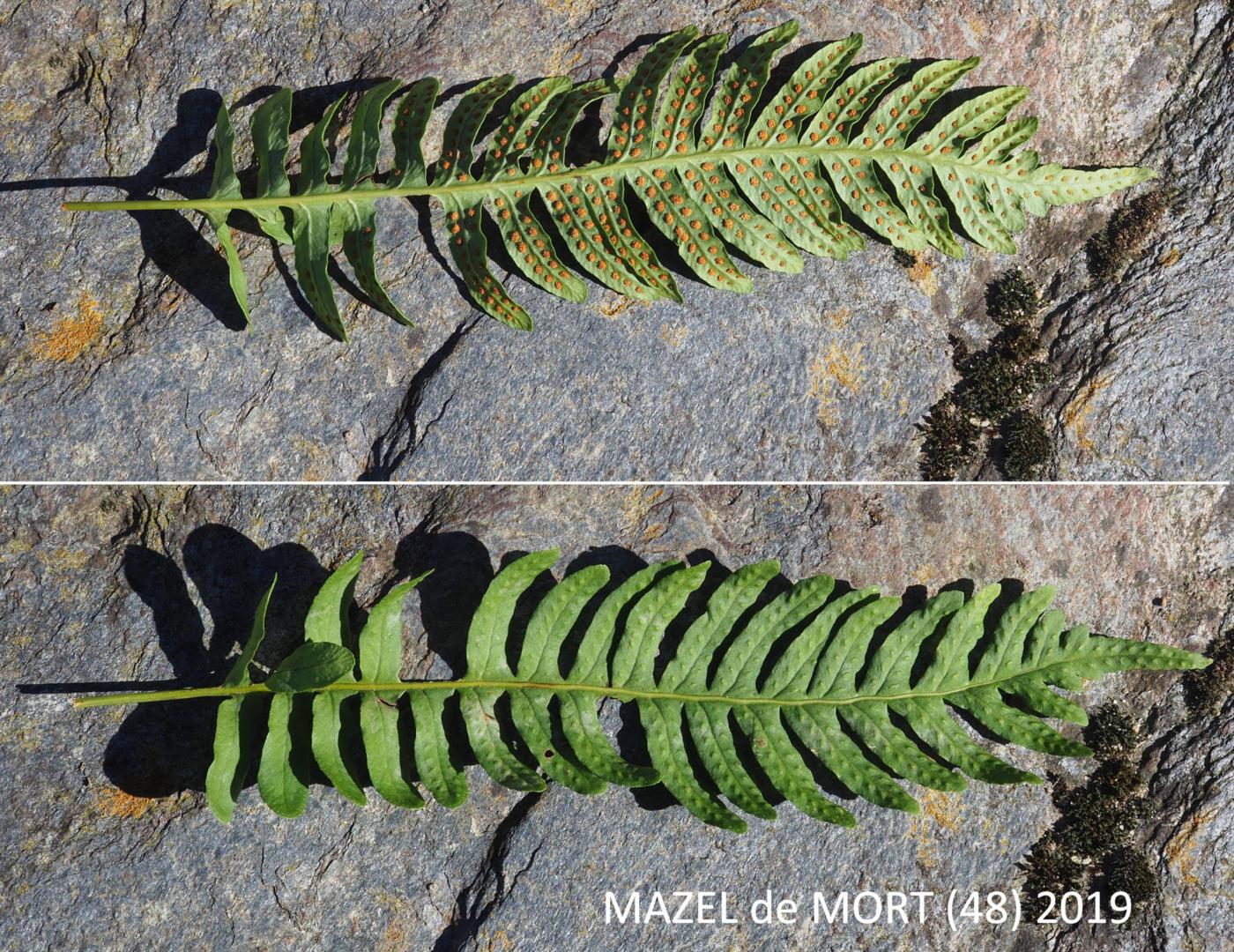
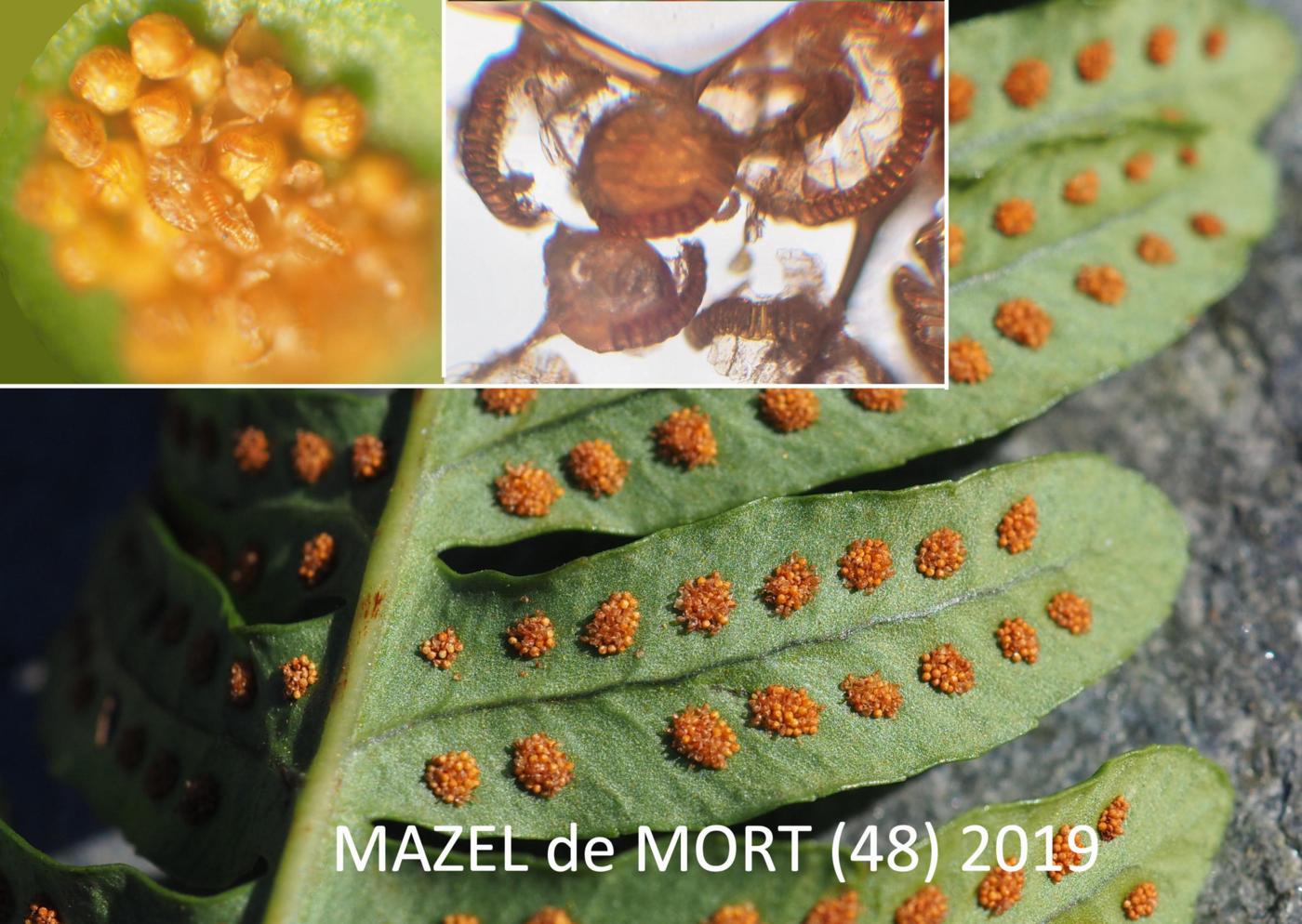
 Please
consider
Please
consider 











